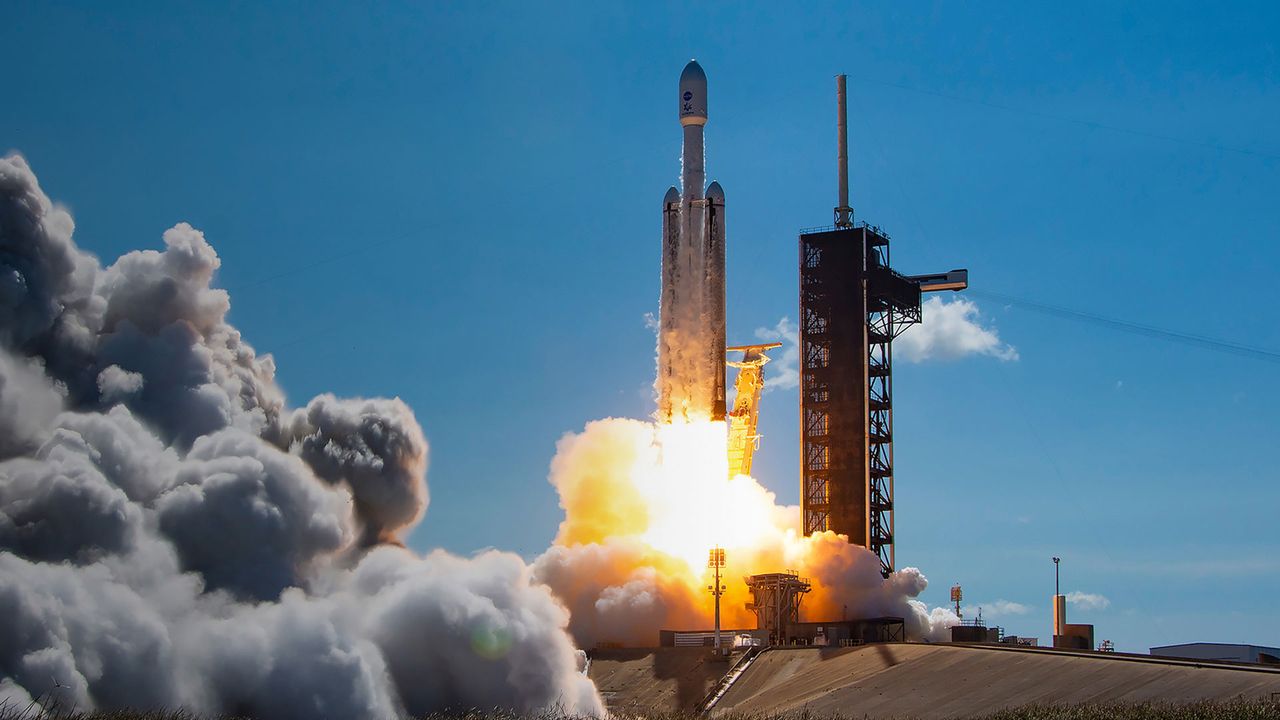
It's not quite a chip factory in orbit yet, but that's the end goal of yet another project to build processors in space. Washington D.C.–based startup Besxar just announced that it has inked a 12-launch deal with SpaceX to test an idea I would have discarded as science-fiction nonsense before: manufacturing semiconductors in the hard vacuum of space.
The company's prototype manufacturing pods, called "Fabships," will hitch rides on the boosters of Falcon 9 rockets starting late this year. Each booster will carry two microwave-sized units that remain attached during flight, spend a few minutes exposed to near-space vacuum, and then return to Earth with the booster less than ten minutes later. It's the first reusable payload program that SpaceX has signed, and it marks the opening salvo in Besxar's plan to build what it calls the world's first orbital semiconductor foundry.
CEO Ashley Pilipiszyn describes the approach as a pragmatic response to the limits of terrestrial chipmaking. "AI data centers are straining against power and cooling limits, and fabs can't reach the vacuum or yields that next-generation materials demand," she said in the company's announcement.
The logic goes like this: Earth's best clean rooms are still dirtier than the ultra-high vacuum (UHV) of space, which results in poorer yields than chipmakers would prefer. Rather than spending billions recreating an approximation of those conditions inside a fab, Besxar wants to use space itself as the clean room.

It's a bold thesis, but it's a hell of a long way from commercial reality. The first dozen "Clipper-class" Fabships are essentially engineering experiments, designed to test whether delicate wafers can survive launch, exposure, and reentry without cracking or warping. Pilipiszyn herself calls it "the ultimate egg drop challenge," referencing the popular primary school science competition where students attempt to protect a fragile egg from cracking in a drop from the school's roof or a similar height.
The company purportedly has more missions under contract than employees, backed by a mix of strategic angel investors, institutional funds, and early support from NVIDIA's Inception program. Besxar is also apparently working under a Department of Defense contract, which hints at longer-term ambitions in defense-grade materials and radiation-hardened components.
If all goes well, the campaign will run through next year, producing data to inform larger, longer-duration orbital manufacturing systems. Even then, don't expect the first "Made in Space" chips before 2030 or beyond. This is a feasibility study; it's the aerospace equivalent of tinkering in a garage, except the garage keeps landing on a drone ship.
Still, if Besxar's bet pays off, the company could rewrite the economics of chip purity and supply chain resilience, which is no doubt exactly why it has attracted so much early funding. Even if its ploy doesn't pan out, it's still a fascinating footnote — a real, expensive experiment in expanding where and how we build the world's most important technology.

Follow Tom's Hardware on Google News, or add us as a preferred source, to get our latest news, analysis, & reviews in your feeds.







